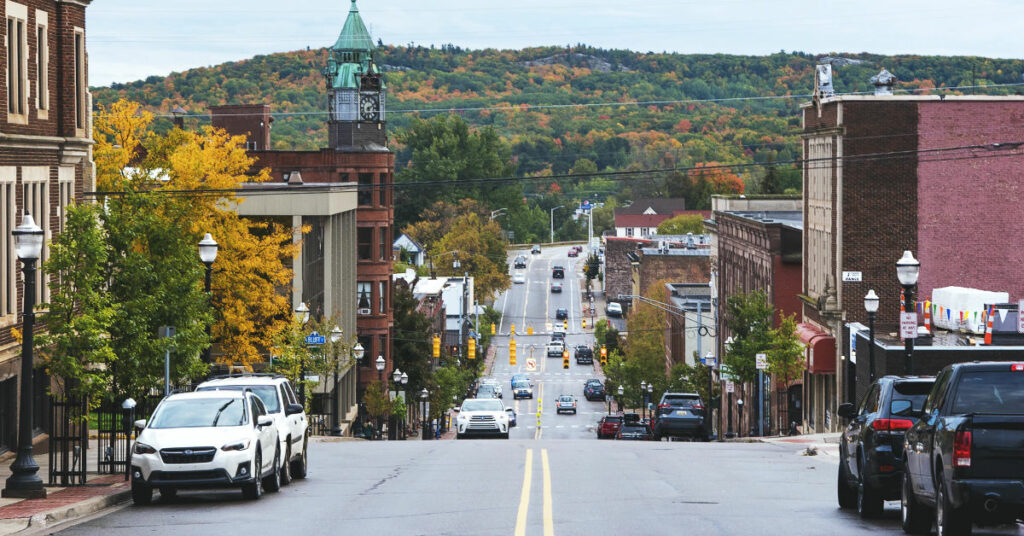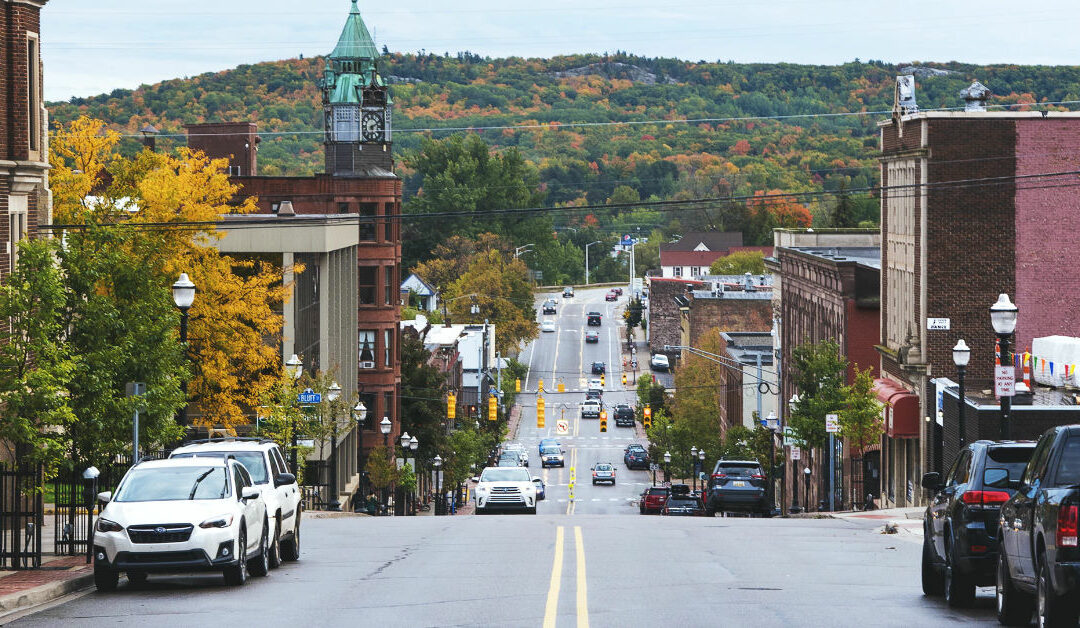Properly pricing your home can be the difference between your property sitting on the market for months or selling in a single weekend. Once the photos have been taken, the house has been staged, and the snacks are set on the dining room table for your opening weekend open house, the icing on the cake that will drive prospective home buyers to your property is your asking price.
While the process of pricing a home may seem daunting, we are here to help you demystify the research process and offer a few strategies that can help you price your home competitively while preserving your bottom line at the closing table.
Let’s start with the obvious, look at recently sold homes!
Anyone who has bought and sold real estate is familiar with the property appraisal process. Your lender will send a property appraiser to determine the value of your home as part of your loan process. This property appraisal will take into consideration factors such as the number of bedrooms/bathrooms in your home, the size of your home, and the amount of land your home sits on. More importantly, however, it will look at recently sold homes in your area to determine the actual value that homes are selling for that closely match the description of your home.
Conducting this research in the age of smartphones and the internet, however, is – dare we say – fun!
To get started, visit your favorite listing site such as Zillow and pull up a map of your neighborhood. Filter properties that match your desired legal description and switch your listing type from “For Sale” to “Sold.”

At your disposal is now a snapshot of every home in your area that meets your basic description that has recently sold. Begin looking at comparable properties and look for properties with similar flooring, kitchens, and bathrooms to determine what people are paying at the closing table for properties that match your own. Remember that comparable values should have sold no longer than 3 months ago, be within 1/2 mile of your property, be roughly the same age, and should be within 10% of your square footage.

How do I price my home competitively?
Pricing a home competitively is more than just determining how much you should ask. You will want to maximize your final sale value while not overpricing your home and subsequently turning off prospective home buyers. Competitive pricing is all about strategically determining market opportunities to maximize the value of your home.
Start by shifting your focus from comparable historical sales to the current listings that you will be competing with for home buyer attention. Again, make sure that you are viewing properties that are similar in their description to your own. It is likely that homes in your area will be priced in a manner that clearly groups like properties into similar pricing clusters. For example, you may note that there are several homes prices between $320,000 and $325,000 while the next listing will be priced at $350,000. This leaves a gap in the market that affords you an opportunity to fill the gap. Consider pricing your home between these home values to fill the gap and maximize value.
When pricing your home, the second consideration is to be mindful of consumer pricing psychology in real estate. An arbitrary value such as $382,795 for your home is confusing and may be a red flag to potential home buyers. Consider familiar numbers that are approachable and easy to digest. Homes valued at $385,000 feel concrete and confident. Also consider the power of “9” in consumer pricing psychology. A home valued at $299,999 will not breach the psychological barrier of $300,000 and can offer a competitive advantage during the initial home search.
Don’t forget how people search for homes online.

Finally think back to your own home search and remember the most important way in which home buyers discover properties – through online search. Many of these home searches are foundationally based upon price. Consider the price range that your prospective home buyers will be searching in and attempt to target a range that is appropriate for your neighborhood, home, and market. You wouldn’t want to miss a prospective buyer because their price range was $225,000 – $250,000 and your home was priced at $251,000 which would exclude you from their search results.
When preparing your initial listing price for your For Sale By Owner property, it is important to consider market conditions, the legal description of your home, and the pricing psychology that impacts all purchasing decisions made by modern consumers. If you still have questions about properly pricing your Michigan home for sale in the competitive residential real estate market, we may be able to help. Request a complimentary home valuation and start a conversation with one of our experienced and knowledgeable Michigan real estate professionals.

